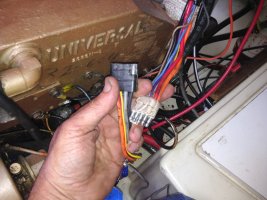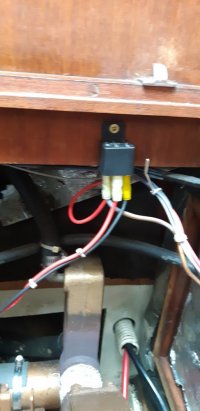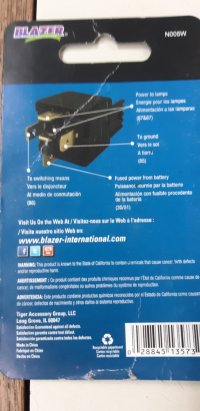I am considering to add a solenoid for the glow plugs to help on cold starts and wondering if it is worth the trouble.
Anyone has done this and found that it dramatically improves their cold start and use of glow plugs?
I have read other threads and forums, and they indicate it helps but do not conclude if it was really worth adding this to their wiring system.
Patrick
Anyone has done this and found that it dramatically improves their cold start and use of glow plugs?
I have read other threads and forums, and they indicate it helps but do not conclude if it was really worth adding this to their wiring system.
Patrick



